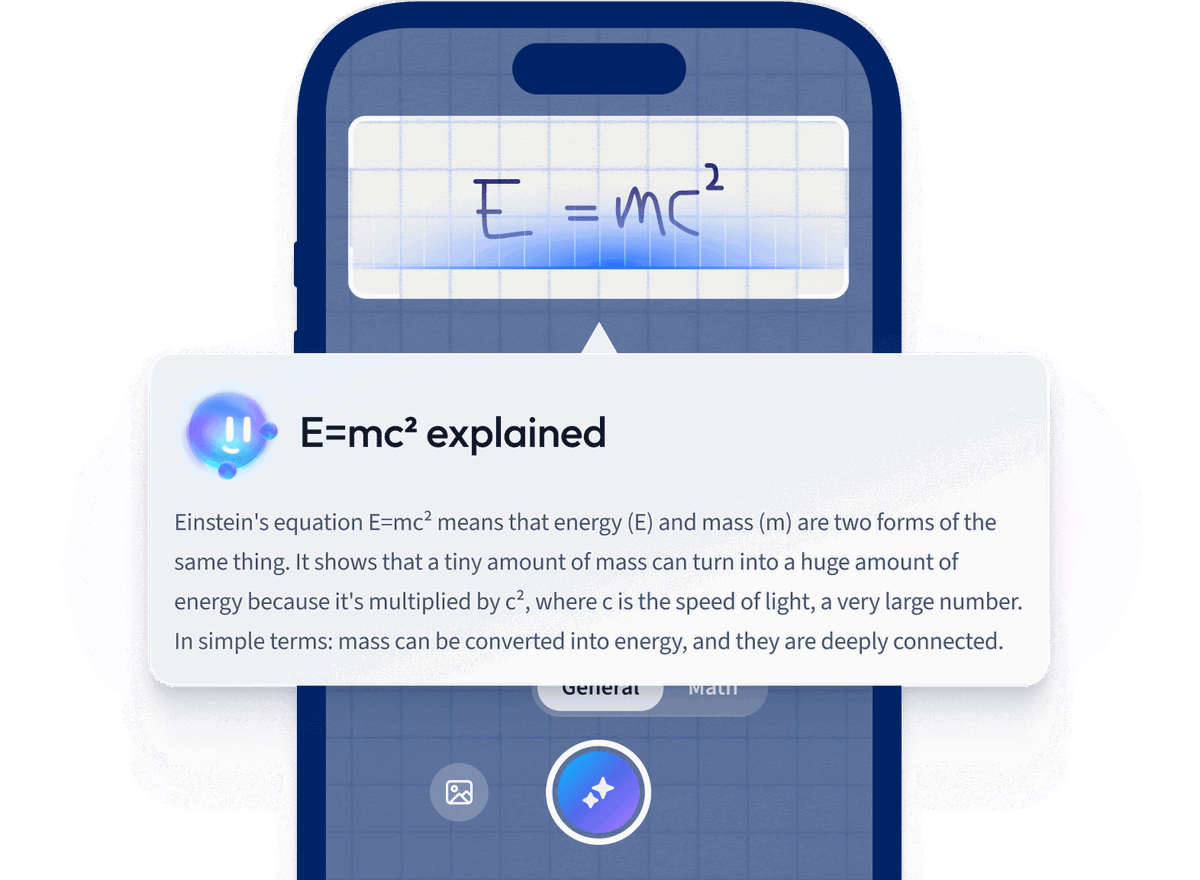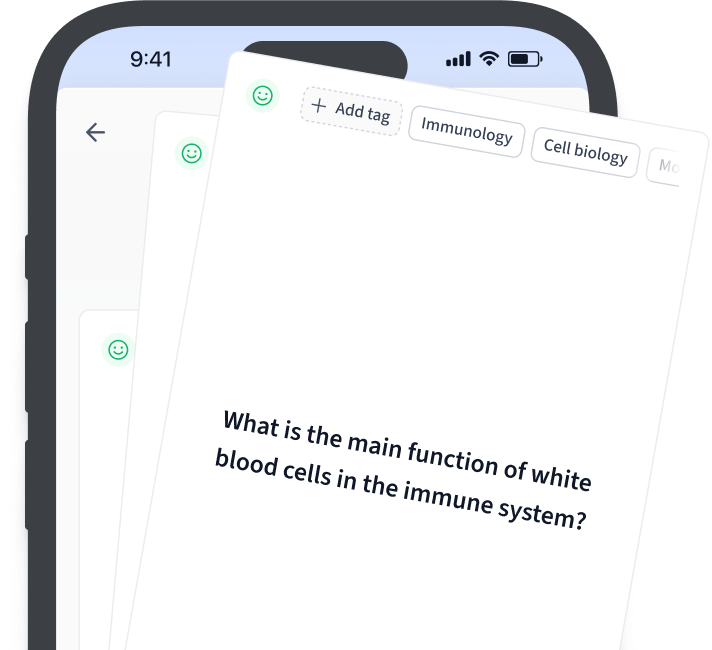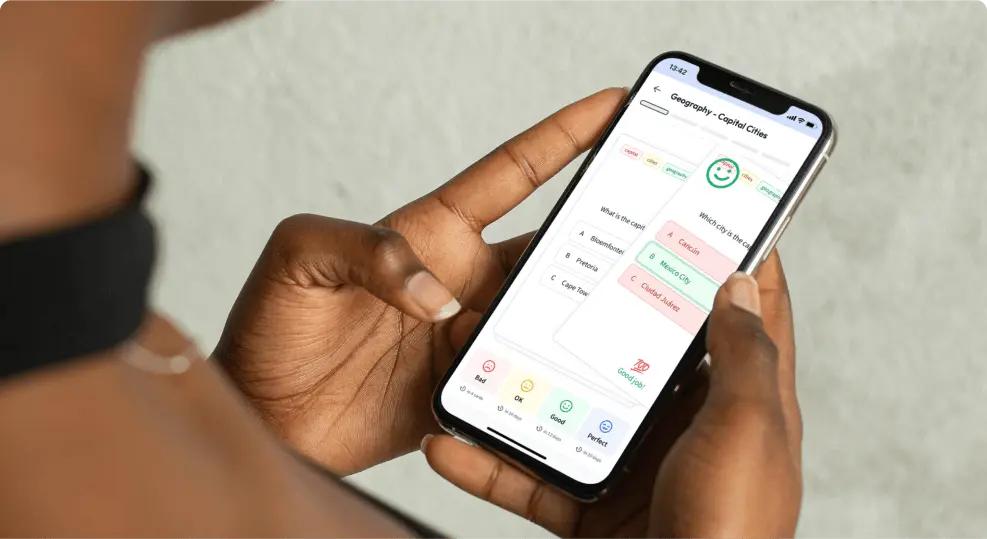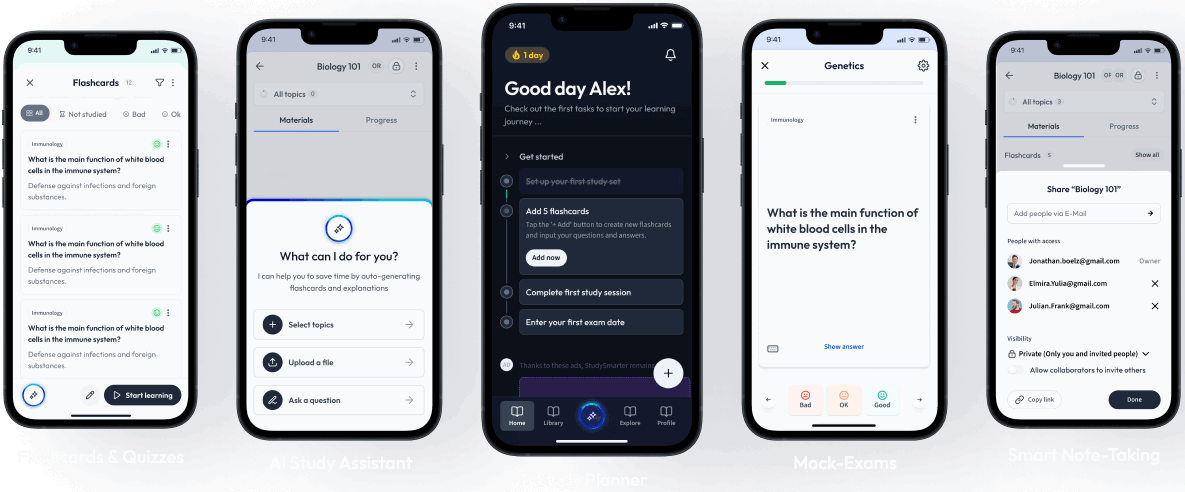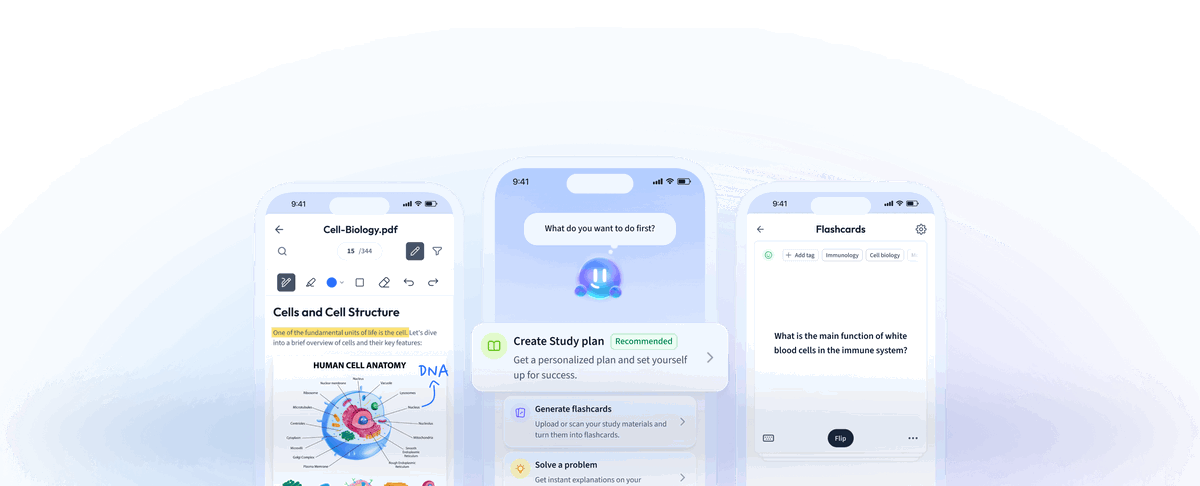What are the key benefits of collaborative problem solving in engineering projects?
The key benefits of collaborative problem solving in engineering projects include improved creativity through diverse perspectives, enhanced communication leading to better team coordination, increased efficiency by leveraging collective skills, and a greater likelihood of innovative solutions through shared knowledge and resources.
How does collaborative problem solving enhance team communication in engineering?
Collaborative problem solving enhances team communication in engineering by fostering open dialogue, encouraging diverse perspectives, and facilitating knowledge sharing. It creates a safe environment for members to express ideas and resolve conflicts, resulting in clearer understanding and stronger relationships. This leads to more effective teamwork and innovative solutions.
What strategies can be employed to facilitate effective collaborative problem solving in engineering teams?
To facilitate effective collaborative problem solving in engineering teams, establish clear communication channels, utilize structured brainstorming techniques, foster an inclusive culture for diverse input, and employ project management tools to track progress. Additionally, encourage regular feedback loops and iterative processes to refine solutions collaboratively.
What tools and technologies can support collaborative problem solving in engineering?
Tools and technologies that support collaborative problem solving in engineering include project management software (e.g., Trello, Asana), communication platforms (e.g., Slack, Microsoft Teams), collaborative design tools (e.g., CAD software, SolidWorks), and cloud-based document sharing (e.g., Google Drive, Dropbox). These facilitate teamwork, communication, and coordination among engineers.
How can diverse perspectives improve collaborative problem solving in engineering teams?
Diverse perspectives enhance collaborative problem solving by bringing varied experiences and ideas, leading to more innovative solutions. They help identify blind spots, challenge assumptions, and foster creative thinking. This diversity encourages open dialogue and collaboration, ultimately improving decision-making and project outcomes in engineering teams.

